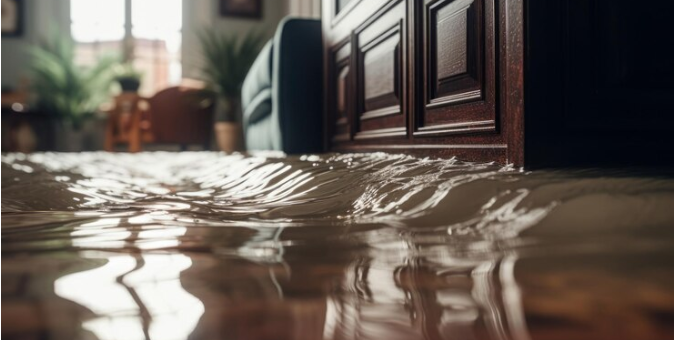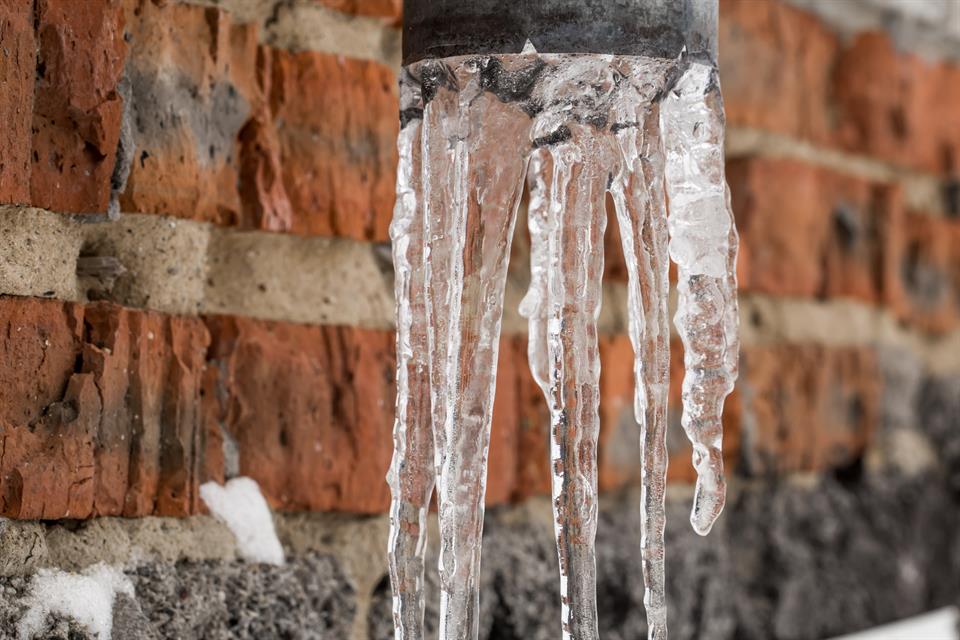Difference Between Flood and Water Damage
Fundamental Coverage Distinctions
Yes, insurance policies maintain crucial distinctions between flood damage and water damage that dramatically affect coverage availability. Water damage typically refers to incidents involving water originating from internal sources or entering from above, such as burst pipes, overflowing appliances, or roof leaks from storm-damaged roofing. These water damage scenarios generally receive coverage under standard homeowners and commercial property policies. Flood damage specifically involves water entering at ground level from external sources, including rising rivers, storm surges, surface water accumulation, or groundwater seepage. This flood damage requires separate specialized insurance policies through the National Flood Insurance Program (NFIP) or private flood insurers, as standard property policies universally exclude flooding.
Source and Direction Classifications
Insurance companies classify water damage based on the water's origin point and direction of movement. Water entering from above, like rain through wind-damaged roofs or burst pipes on upper floors, typically qualifies as covered water damage. Horizontal water entry through walls from backed-up gutters or siding breaches may receive coverage if resulting from covered perils like wind damage. However, water entering at or below ground level, including basement seepage, foundation wall penetration, or surface water flowing into structures, falls under flood exclusions regardless of the underlying cause. These directional distinctions create complex coverage scenarios during storms where multiple water sources may affect the same property simultaneously.
Policy Language Specifics
Insurance policies use precise definitions to distinguish between covered and excluded water damage. Most policies define flood as "surface water, waves, tides, tidal water, overflow of any body of water, or spray from any of these, whether or not driven by wind." This comprehensive flood definition captures various water sources that standard policies exclude. Covered water damage typically includes "sudden and accidental discharge" from plumbing systems, appliances, or heating/cooling equipment. The policy language also addresses "water which backs up or overflows from a sewer, drain, or sump pump," which usually requires specific endorsements for coverage. These detailed definitions create legal frameworks for claim adjudication when water damage occurs.
Claims Adjudication Challenges
The flood versus water damage distinction creates significant challenges during claims adjustment, particularly following major storms. Adjusters must determine causation when multiple water sources affect properties simultaneously, such as during hurricanes producing both wind-driven rain and storm surge flooding. The burden of proof typically falls on policyholders to demonstrate that damage resulted from covered water sources rather than excluded flood conditions. These determinations often require expert analysis, engineering assessments, and detailed documentation of water intrusion patterns. When both flood and water damage occur, claims may require coordination between standard property insurers and flood insurance carriers to establish appropriate coverage allocation for different damage components.






